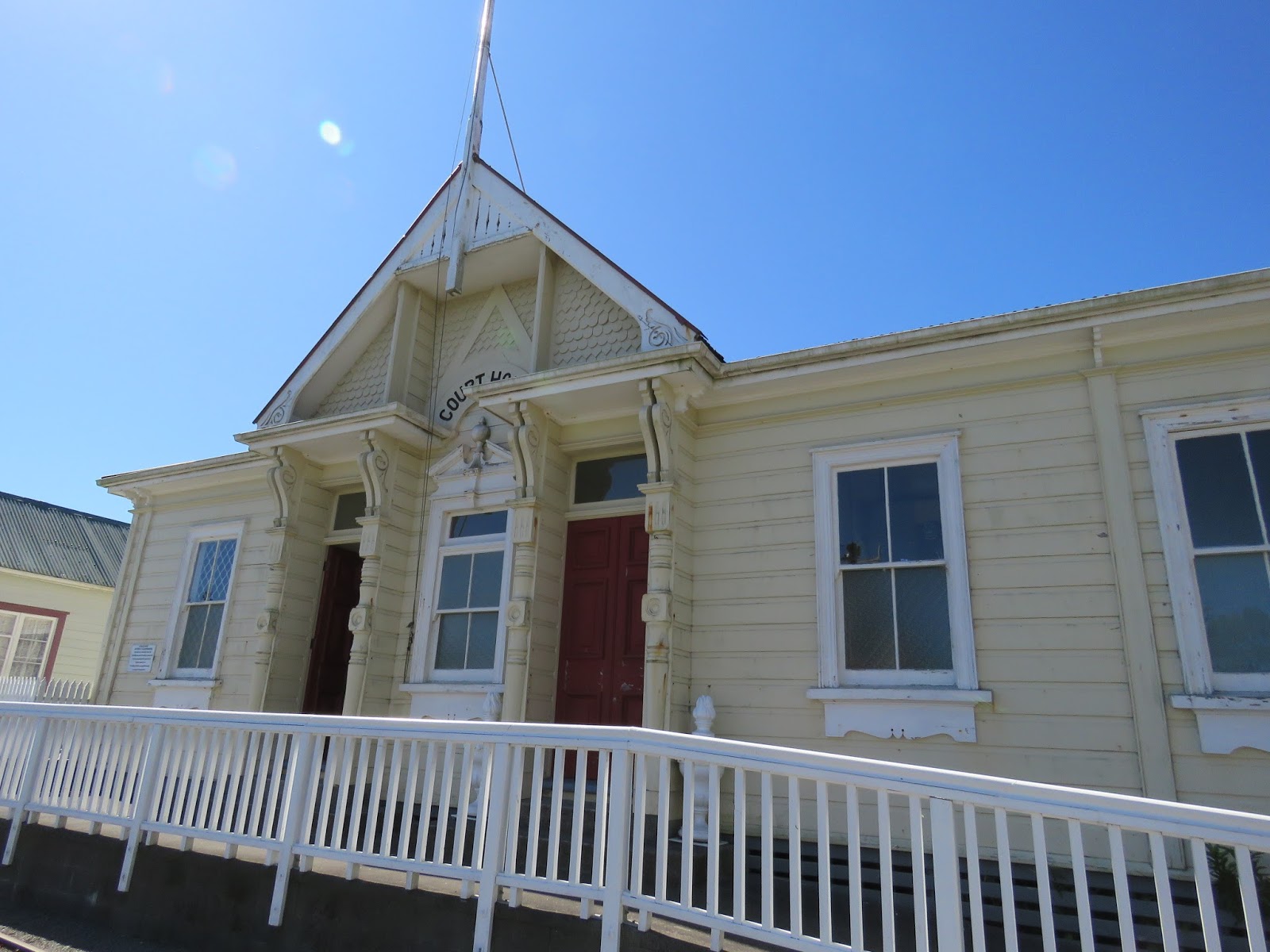 |
| Photo of the railroad guys at the train station. Year unknown. |
“Sightings from the Veranda in Costa Rica”
 |
| This is a Clay Colored Robin, the national bird of Costa Rica. |
Two weeks from today, we leave for Nicaragua for two nights, returning to the villa on the 30th. The next day, October 31st is our five-year anniversary of traveling the world.
When we first began traveling in 2012, we hadn’t imagined we’d last five years. At that time, we “qualified” our long-term plans by saying we’d find somewhere along the way where we’d eventually settle down or we’d return to live in the US, location to be determined.
Settling down at some point is no longer a topic of interest or discussion. We’ve accepted the reality when health fails for either of us (which eventually will), we’ll have to make a decision. Do we worry that such a sudden decision will overwhelm us especially under the duress of a medical problem?
 |
| Locomotives, back in the day in Atenas. |
Not really. Why worry about a situation over which we have little control other than to take good care of our health and well-being each and every day? When it happens, it happens. We’ll figure it out from there.
An important aspect of managing such a situation is predicated on the ability of one of us to be able to make decisions in the event of a medical issue for the other.
In our old lives, at one point, I was concerned about developing memory loss issues as I’ve aged. Dementia was a common condition on my mother’s side of the family.
 |
| Horn off a locomotive. |
Once I hit the age of 50, I found myself becoming forgetful…walking into a room and not remembering why, starting a project and getting sidetracked on another project, forgetting where I’d left off. These were subtle changes I was embarrassed to mention, not even to Tom.
In 2011, when I dramatically changed my way of eating from a ‘low fat, low protein, high carb, healthy whole grains” diet to a “high fat, moderate protein, very low carb diet,” not only was I pain-free three months later but over the next several years, my memory improved to an astounding rate, comparable to when I was in my early 20’s.
No longer did I find myself losing things, wondering where I’d left something, or forgetting what I’d done the prior evening. Was it due to the diet as explained in Dr. David Perlmutter’s book “Grain Brain” or was it due to the fact that in early 2012 I began the 12-hour-a-day process of planning our world travels keeping my brain whirring in a plethora of new knowledge?
 |
| Model trains on a shelf. |
Dr. Perlmutter included the story of my success with this way of eating on his website as shown in this link here. We also shared the story in one of our previous posts as indicated here in this link.
The smidgeon of notoriety I gleaned from this article only mattered to me in that it might inspire one more individual to embark on this way of eating to improve their health as well. When readers wrote asking questions, it was so rewarding.
No, this way of eating doesn’t make me exempt from injuries (obviously) such as in Bali when I hurt my spine (fully recovered now) or in developing Helicobacter Pylori from tainted food in Fiji from which I’m still recovering. (It may take a few more months).
 |
| Toy truck and more trains on a shelf. |
However, being pain-free and regaining my memory has truly been an awe-inspiring result which ultimately allowed us to travel the world and recall the most finite details of our lives of travel.
Plus, it’s allowed me to post our daily stories which require a tremendous amount of recall. Tom, on the other hand, inherited great “memory genes” and does equally well. Tom’s mother, at 98 years old could recall names, birthdates, and events of her huge family and her life over the prior 11 decades. Tom’s eldest brother Jerome, at almost 89, has an equally finely tuned memory.
Ironically, Tom with the greatest of ease, remembers dates of past and upcoming events, places we’ve visited and our numerous cruises while I recall names of places, people, expenses, and miscellaneous oddball items.
 |
| Coin collection at the museum. |
Long ago, when we began our travels, we each gravitated toward that which we’d prefer to recall most readily. Thus, we can always depend on one another to fill in the blanks. As we all can recall from our schooldays, we tend to recall topics of the most interest to us.
Each day as it comes and goes, with a bit of serendipity thrown in, we’re left with memories we’ll always cherish as part of this wondrous life we’re blessed to live.
May your day be filled with wondrous memories.
Photo from one year ago today, October 13, 2016:
 |
| Workers in the rice fields in Bali. For more photos, please click here. |























































